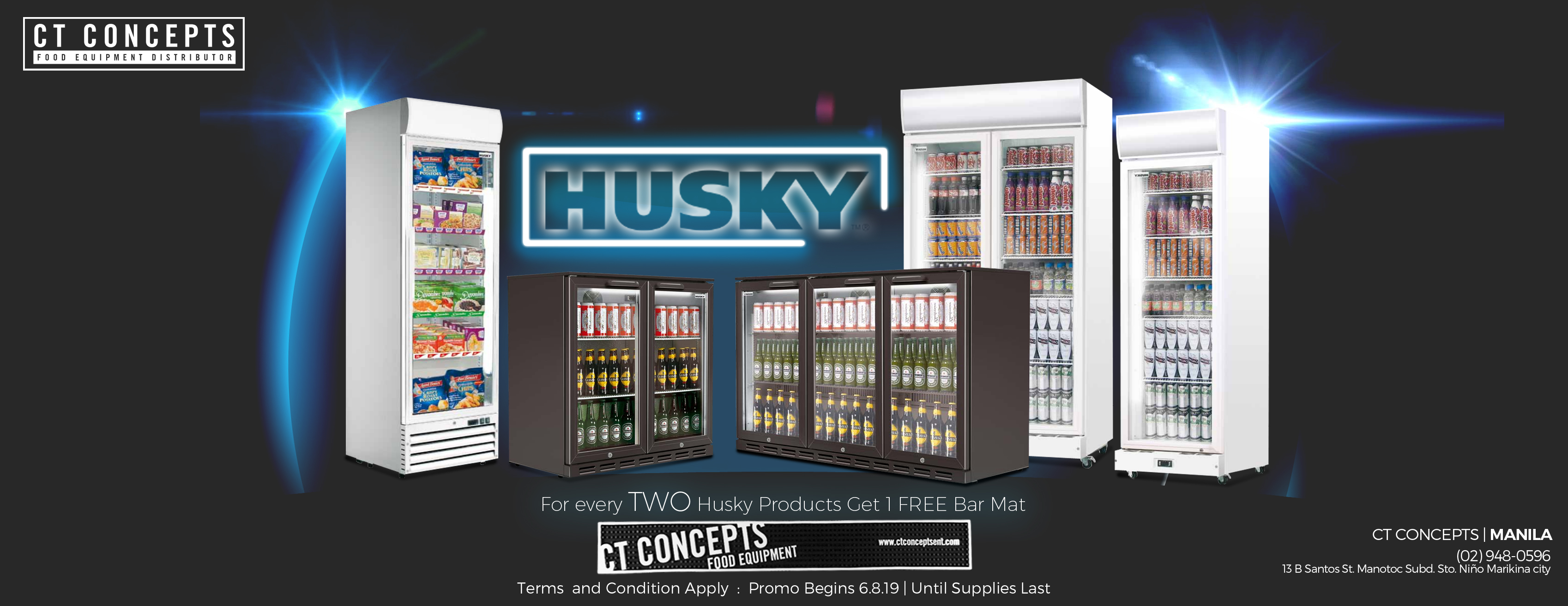Innovations in vending machines
Vending has gone through significant changes. Many machines are still evolving to become able take credit cards and companies are beginning to obtain the capability of monitoring a machine’s state from afar.
John Greenwick of the Greenway company is a former Mars Electronics employee and former product manager of the first ever bill acceptor. According to him, the industry saw a need for the ability to standardize the acceptance of coins and currency on a global basis. As such, a standard known as MDB (Multi-Drop Bus) was invented. This allows for machines around the world to utilize the same bill acceptor and coin changer devices with an international specification.
Doug M. Sanford of Vending Times notes that “many vendors today do not remember the urgency with which industry leaders called on their peers to install coin mechanisms that held the patron’s money in escrow until the vend was made; to post a telephone number that a customer could call to report a failure and request a refund; to make sure their drivers were cleaning the machines adequately and replacing burnt-out lamps; and so on and on”. More recent innovations include improved coin and bill validation and the rapid adoption of sense-and-feedback systems to verify that the vend was made.

Many telemetry technology providers are competing for the standard as the market tests different vending machine setups. Based on early documentation, digital telemetry communication for stocking and Credit Card style payment systems saves up to 40% of the carbon emissions over standard human monitored, and mechanical change systems.
Vendtxt Vending Inc. developed and deployed vending machines allowing customers to purchase products through an SMS(text) message. The user sends a text to a short code and receives a text message back with a four digit numeric code. The user then enters their code into the vending machine and make a selection. If their product is delivered the mobile phone account is charged.

In the area of service vending machines other innovations include internet kiosks and DVD vending. Cashless vending now allows consumers to use debit cards or precharged “keys” such as the U-Key for added convenience. Vending is a multi-billion dollar industry.
To prevent injuries or death from tipping or striking the machine, most modern snack vending machines equipped with spirals to hold products contain lasers near the access door at the bottom. If a purchased item does not break the laser beam when falling, the spirals will automatically turn, usually three times to ensure that a product will fall. If this still does not occur, the customer will be asked to make another selection or will be refunded their money.
Off-grid fuel cell based vending machines with swappable hydrogen storage tanks are entering the market.[8]
Cashless payments will soon be on many vending machines in the near future. The majority of vending machine operators plan to add credit card swipers to their machines in 2011, according to a study by Apriva, wireless transaction services company. About 57 percent of companies surveyed by Apriva said they planned to expand the number of their machines outfitted with card swipers. [9]


